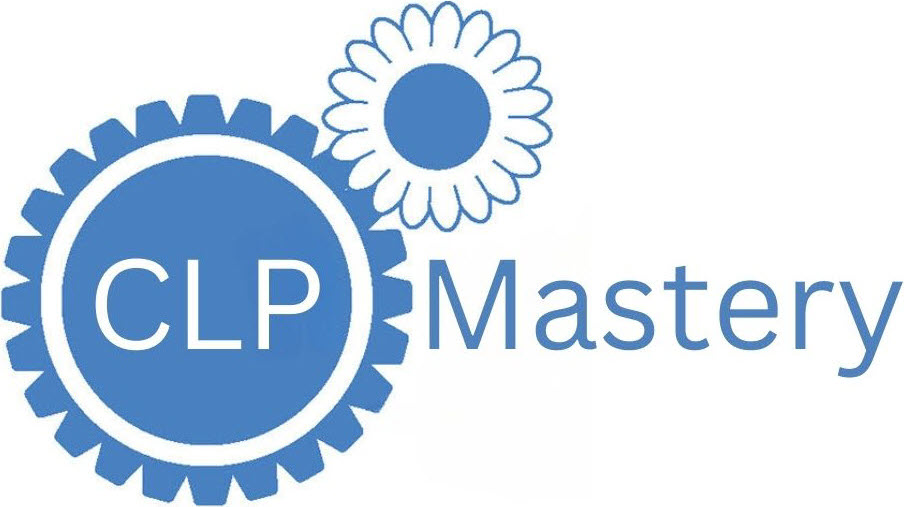These documents are for CLP Mastery Fastrak trainees, course 22nd/23rd/24th July 2025. The documents are correct at these dates, but may change in the future. No liability can be accepted for the information changing and becoming out of date. We recommend you check the CLP Regulation and REACH regulation in both the EU and UK if you are concerned about accuracy.
Day 1 – Product type and Substance Classification
Product type and identification
Background information
GHS classifications adopted into CLP at present
About EUH statements infographic
CLP classification information
Classifications (and associated hazard statements) adopted into CLP from GHS
Published classifications
How to read published classifications HCL/MCL
Classification comparison form: PDF version; Excel version.
Pros and cons of different published classifications
Classifying from first principles
Physical and chemical properties for classification purposes
Trophic levels in the environment
Day 2 – Mixture classification and the CLP Label
Mixture classification information
Finding mixture classification methods
Choosing the corrosive/ irritant classification method
Day 3 – Labelling and the SDS and questions
Labelling information
Precautionary statements adopted into CLP from GHS
For hazard statements, see the list of classifications with hazard statements above
For EUH statements, see the list of EUH statements above
Generating information for the label
Supplementary information for the label
Supplemental information for the label infographic
Label content and layout
Minimum label content infographic
Packaging information
The Safety Data Sheet
Which GHS SDS headings/ sub-headings have been adopted into REACH
List of EU-REACH recommended sub-sub headings
Chemical Exposure Limits on the SDS
Bonus information
The UFI and Poison Centre Notification
Catch up meeting worked examples
Acetone SDS (JG version, direct download as Word document)
Acetone SDS pdf (JG version)
